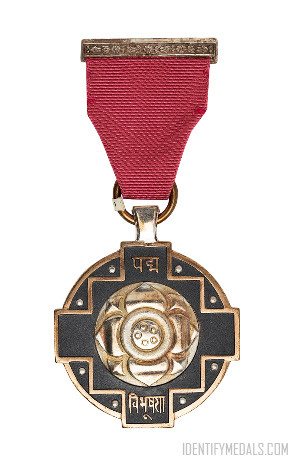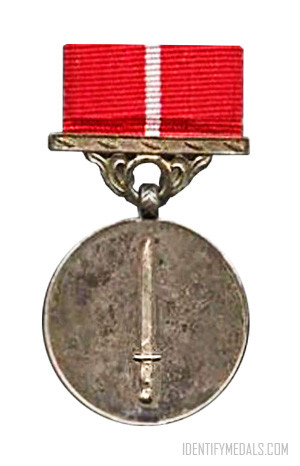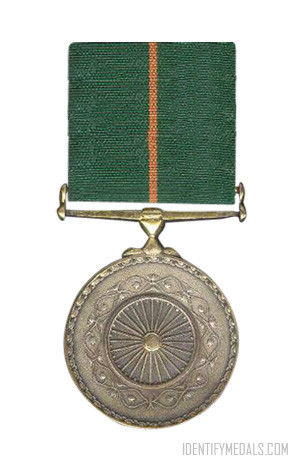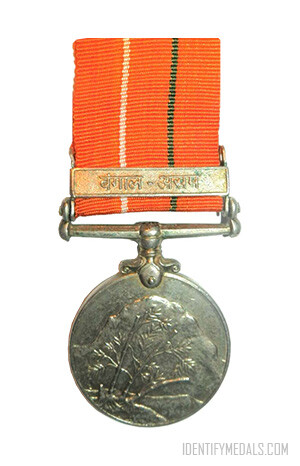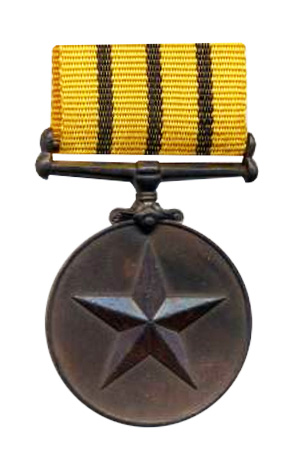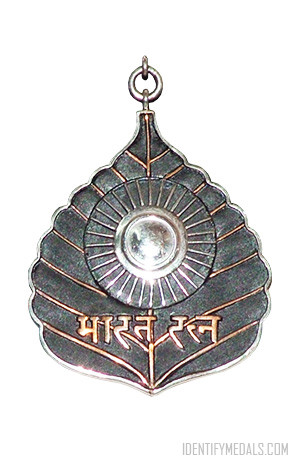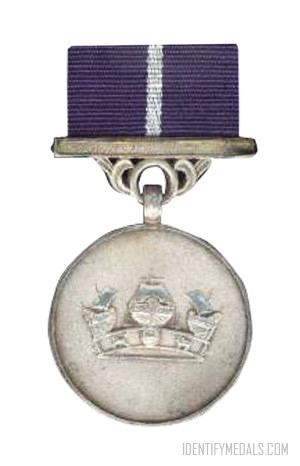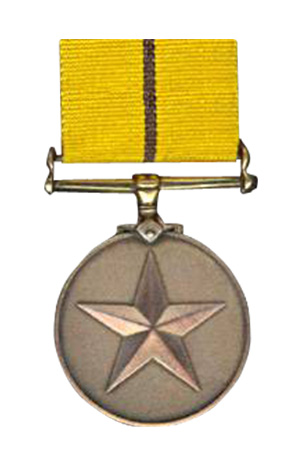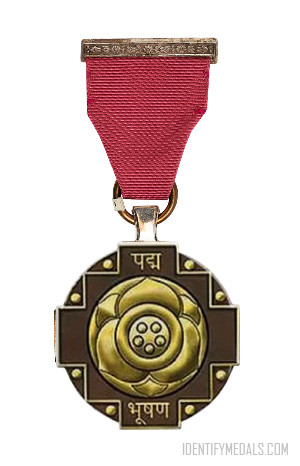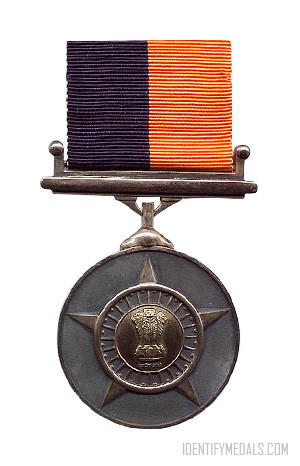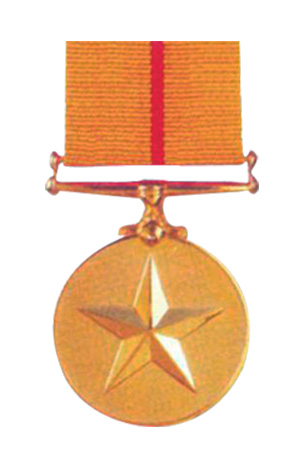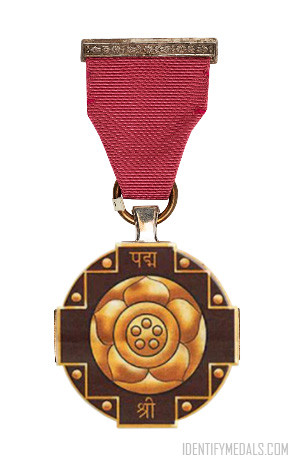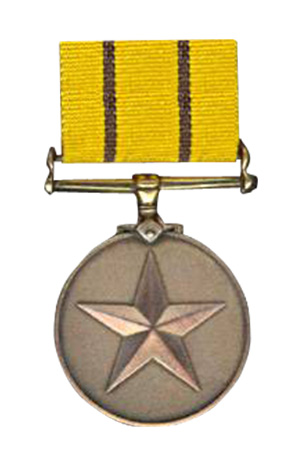The Padma Vibhushan Award (“Lotus Decoration“) was established on 2 January 1954 and is the second-highest civilian award of the Republic of India, the first one being the Bharat Ratna.
The award is given for “exceptional and distinguished service” and be give to people of any race, occupation, position or sex (excepting government servants). A committee submits their recommendations to the Prime Minister and the President of India for the further approval.
The award was briefly suspended twice in its history. First in July 1977 when Morarji Desai deemed it “worthless and politicized”, and the second in mid-1992, when two Public-Interest Litigations were filed in the High Courts of India questioning the civilian awards being “titles” per an interpretation of Article 18 (1) of the Constitution of India.
The Padma Vibhushan Design
The original award from 1954 was specified as a circle made of gold gilt 35 mm (1 3⁄8 inches) in diameter, with rims on both sides.
The obverse had the lotus flower embossed in the center and the inscription “Padma Vibhushan” in Devanagari script inscribed above along the upper edge. The bottom edge had an embossed floral wreath. The reverse had the Emblem of India in the center and the inscription “Desh Seva” in Devanagari Script on the lower edge. The ribbon was pink.
In 1955, the design was modified. The current decoration is a circular-shaped bronze toned medallion measuring 44 mm (1 3⁄4 inches) in diameter. The obverse has a central pattern and a knob carved within each of the outer angles of it. There is also an embossed lotus flower in the center, with the inscription “Padma” written in Devanagari script above and “Vibhushan” below it. The reverse keeps the emblem of India and the national motto “Satyameva Jayate” (“Truth alone triumphs”), in Devanagari Script below.
The ribbon or riband is pink and measures 32 mm wide.

